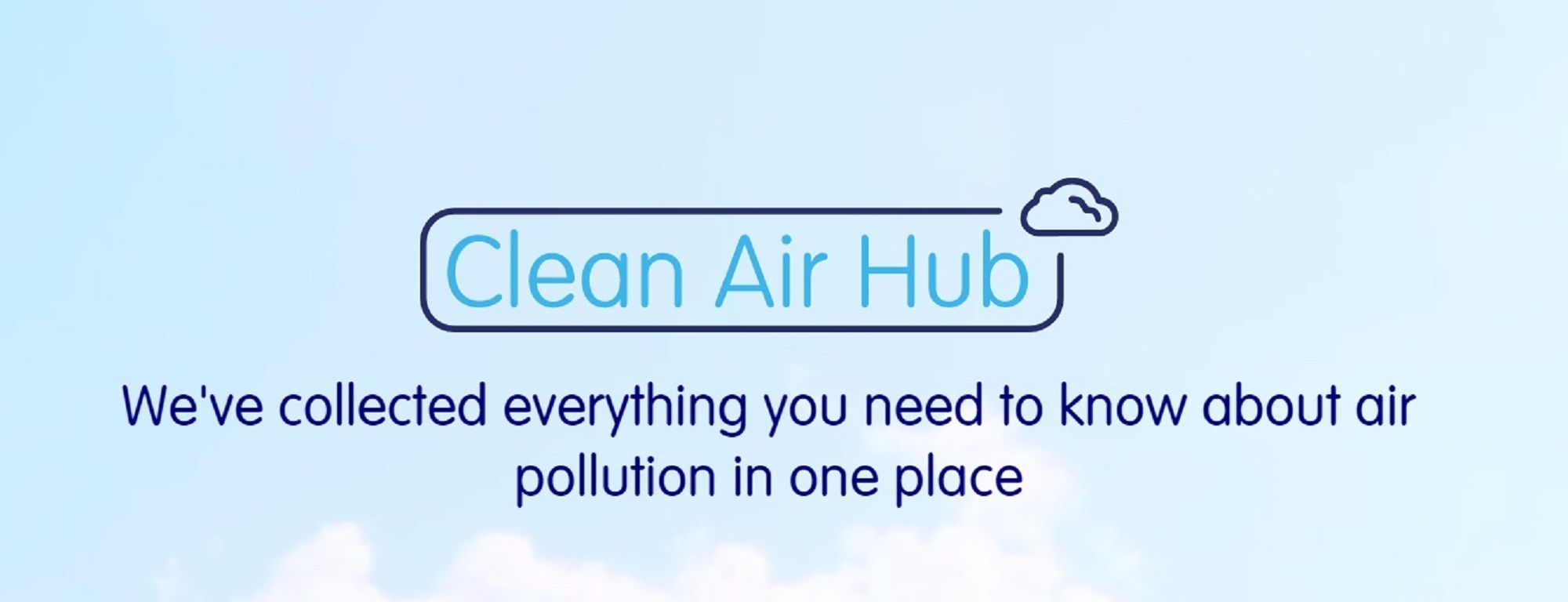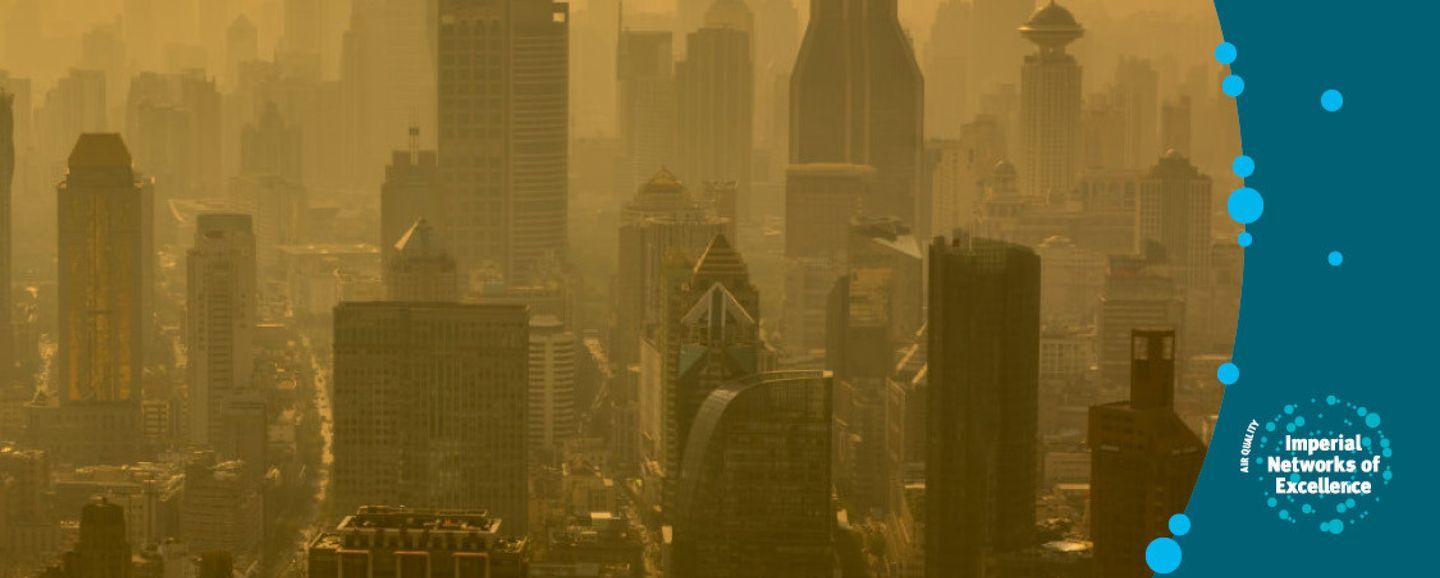
The Science and Technology Facilities Council (STFC) Air Quality Network+ (SAQN+) is a multidisciplinary community of experts, researchers, policy makers and businesses aiming to make the best use of STFC research, capabilities and facilities to address air quality challenges. The SAQN+ aims to facilitate the exploitation of untapped potential of STFC capabilities to enhance and progress research and innovation for air pollution, a key aim is the development of solutions for air quality issues, reducing the impact on human health and the environment. Air pollution is a major, global issue classified in 2014 by the United Nations Environment Programme as the 'world's worst environmental health risk'.
During 2018 the first direct link between the death of a child and repeated UK breaches of EU air pollution limits was established. Costs to the UK from deaths attributable to air pollution are estimated at £20 billion per year but this is only part of the overall impact. Additional costs to the UK economy and society as a result of air pollution are associated with: increased morbidity creating pressure on the health service, reducing productivity and impacting quality of life; impacts on the natural environment including loss of biodiversity and reducing crop yields; and damage to built environments. There are huge opportunities to achieve economic and societal impact from improving air quality and the SAQN+ will build a community of interested parties and experts to enable UK research to deliver exactly that. The work of the SAQN+ cuts across all parts of the air quality system, including indoor and outdoor air pollution; activities that contribute to improving any aspect of that complex landscape with the involvement of STFC science, facilities or expertise can be supported.
To aid communication of the concept, areas of interest have been grouped under air quality themes and STFC capabilities, but these should not be seen to limit the scope of activities that are relevant to the network.
Theme 1: Monitoring Air Pollution Emissions and Concentrations.
Theme 2: Air Pollution Modelling, Forecasting and Scenario Testing.
Theme 3: Impacts on Health and the Environment.
Theme 4: Developing and Evaluating Solutions and Innovation.
Areas of STFC expertise have been identified that can fill capability gaps, and enable key research questions to be addressed within and between the air pollution themes:
STFC Capability 1: Analysing and integrating large and complex data.
STFC Capability 2: Earth observations and remote sensing.
STFC Capability 3: Access to and experience of using STFC facilities.
STFC Capability 4: Development and application of technology. Initially the SAQN+ is focused on raising awareness of the strengths of the STFC community to enable others to takea dvantage of these world-leading facilities and expertise.
The SAQN+ runs meetings and fora to build a community that cuts across traditional disciplinary boundaries, and sandpits to develop research proposals for small scoping studies. We fund travel for researchers to work in other universities, businesses or government to build collaborations for future funding. We also fund proof of concept studies to demonstrate the potential of new ideas. These activities will be used to build the necessary links, and to demonstrate the value and feasibility of new ideas to enable the development of larger projects and collaborations suitable for submission for future funding from UKRI or other funding sources. Over the next few years there are likely to be major investments in air quality research and increased pressure on polluting industries to deliver reductions in emissions to air. The SAQN+ and the associated opportunities will enable its members to build the multidisciplinary collaborations necessary to propose genuinely integrated, challenge led research with pathways for real impact on industry, policy, society and the economy.
PI: Dr David Green
Social media
Keep up to date by following us on our social channels
Twitter: ERGImperial | YouTube: Environmental Research Group


